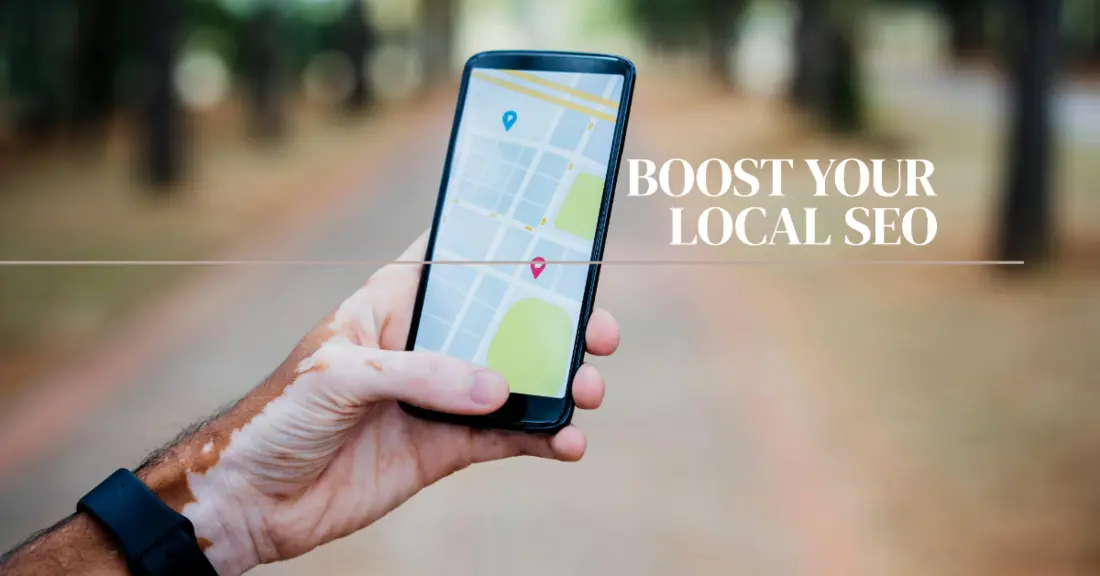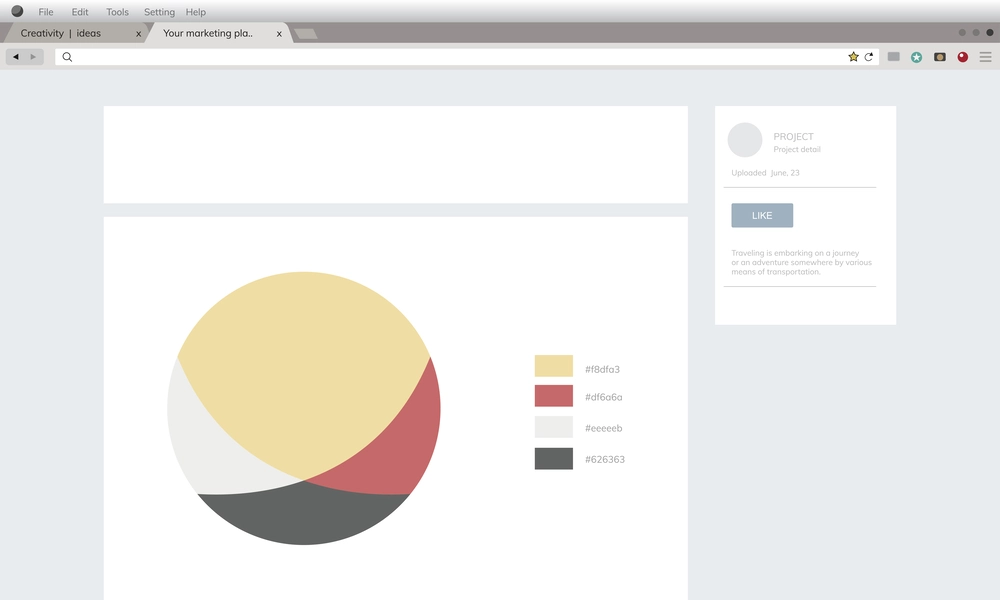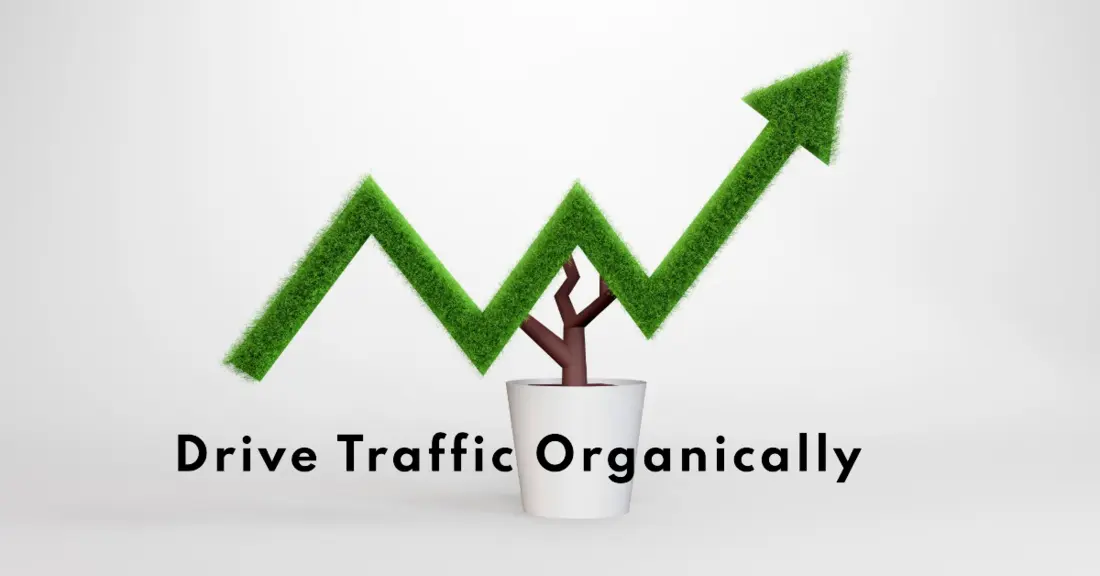Introduction: Decoding Local SEO for Small Business Success
In the digital age, local SEO for small business is no longer optional—it’s essential. But what exactly is local SEO? Simply put, it’s the art of making your business visible to local customers when they search online.
Picture this: A hungry customer types “best pizza near me” into their phone. Will your pizzeria pop up? That’s where local SEO comes in. It’s about being the first name that appears when local customers come knocking on Google’s door.
The landscape of local search is ever-evolving. With the rise of mobile searches and voice assistants, local SEO has become more crucial than ever. In fact, according to Google, “near me” searches have grown by over 500% in recent years.
The Power of Local SEO for Small Businesses
Local SEO is like a digital megaphone for your small business. It amplifies your voice in a crowded marketplace, helping you reach customers right in your backyard. But the benefits don’t stop there.
Benefits of Local SEO in Attracting Nearby Customers
Local SEO puts your business on the map—literally. It helps you appear in local search results, Google Maps, and local directories. This increased visibility translates to more foot traffic and phone calls.
Impact on Business Growth, Visibility, and Competitive Advantage
By optimizing for local search, you’re not just improving your online presence. You’re boosting your bottom line. Local SEO can lead to higher conversion rates, as local searches often have higher purchase intent.
Local SEO vs. Traditional Marketing: A Cost-Effective Approach
Compared to traditional marketing methods, local SEO offers a more targeted and cost-effective approach. Instead of casting a wide net, you’re focusing on customers actively searching for your products or services.
Google My Business: Your Local SEO Cornerstone
If local SEO is a house, Google My Business (GMB) is its foundation. It’s free, powerful, and often the first place customers encounter your business online.
Claiming and Optimizing Your GMB Profile
First things first: claim your GMB listing. Then, optimize it. Add accurate business information, high-quality photos, and your business categories. Ensure that you are using right sized logo. Think of it as your digital storefront—make it inviting!
Leveraging GMB Features: Posts, Q&A, and Attributes
GMB isn’t just a static listing. Use posts to share updates, promotions, and events. Answer questions in the Q&A section to build trust. And don’t forget to use attributes to highlight what makes your business unique.
Maintaining NAP Consistency Across the Web
NAP stands for Name, Address, and Phone number. Keeping this information consistent across the web is crucial for local SEO. It helps search engines verify your business information and improves your local search rankings.
Website Optimization for Local Search
Your website is your digital home base. Make sure it’s optimized for local search and user experience.
Mobile-First Design: Best Practices and Impact on Local SEO
With most local searches happening on mobile devices, a mobile-friendly website is non-negotiable. Google’s mobile-first indexing means your mobile site is now your main site in Google’s eyes.
Local Content Strategy: Creating Geo-Specific Pages and Blog Posts
Create content that speaks to your local audience. This could include pages for each location you serve, blog posts about local events, or guides to local attractions related to your business.
Technical SEO Elements: Schema Markup, Meta Tags, and Site Speed
Don’t neglect the technical side of SEO. Use schema markup to help search engines understand your content. Optimize your meta tags with local keywords. And remember, a fast-loading site is crucial for both users and search engines.
Mastering Local Keyword Research and Implementation
Keywords are the language of search. For local SEO, it’s about speaking the language of your local customers.
Tools and Techniques for Finding High-Impact Local Keywords
Use tools like Google Keyword Planner find relevant local keywords. Look for terms that combine your services with local modifiers. You can also check best 10 SEO tools list that we have prepared for you.
Integrating Local Keywords Naturally in Your Content
Once you’ve identified your keywords, weave them naturally into your content. Don’t force it—search engines and readers alike prefer natural language.
Long-Tail Local Keywords: Tapping into Specific User Intent
Don’t ignore long-tail keywords. These longer, more specific phrases often have higher conversion rates. They’re your opportunity to answer very specific local queries.
Building a Strong Local Link Profile
Links are like votes of confidence for your website. Local links tell search engines that you’re a trusted part of the local community.
Strategies for Acquiring Quality Local Backlinks
Participate in local events, sponsor local teams, or collaborate with other local businesses. These activities can often lead to natural, high-quality local backlinks.
Leveraging Local Directories and Citation Sites
List your business in relevant local directories and citation sites. This not only provides backlinks but also helps with NAP consistency.
The Role of Unlinked Brand Mentions in Local SEO
Even unlinked mentions of your brand can impact your local SEO. Monitor and encourage these mentions—they’re a signal of your local authority.
The Review Factor: Managing Your Online Reputation
Reviews are the lifeblood of local businesses. They influence not just potential customers, but search rankings too.
Encouraging and Managing Customer Reviews
Don’t be shy about asking happy customers for reviews. Make the process as easy as possible for them. Review management tools can help streamline this process.
Responding to Reviews: Best Practices and SEO Benefits
Always respond to reviews—good or bad. It shows you value customer feedback and can turn negative experiences into positive ones.
Leveraging Reviews for Local SEO and Customer Trust
High-quality, recent reviews can improve your local search rankings. They also build trust with potential customers, increasing the likelihood of conversions.
Social Media: A Local SEO Amplifier
While social media signals aren’t a direct ranking factor, they can amplify your local SEO efforts.
Aligning Social Media Strategy with Local SEO Goals
Use your social media profiles to reinforce your local presence. Ensure your NAP information is consistent across all platforms.
Creating and Sharing Location-Specific Content
Share content that’s relevant to your local audience. This could be local news, events, or behind-the-scenes glimpses of your local operations.
Using Social Proof to Boost Local Search Rankings
Encourage customers to check in or tag your business on social media. This social proof can indirectly boost your local search visibility.
Conclusion: Dominating Local SEO for Small Business Success
Local SEO for small business is a powerful tool for growth. By implementing these strategies, you’re not just improving your search rankings—you’re connecting with your local community and building a stronger business.
Remember, local SEO is an ongoing process. Stay informed about the latest trends and algorithm updates. Regularly review and refine your strategy. With persistence and the right approach, your small business can dominate local search results.
Now, armed with this knowledge, go forth and conquer your local digital landscape!
F&Q
Q: What is the most important factor in local SEO for small businesses?
A: While many factors are important, consistently accurate NAP (Name, Address, Phone) information across the web is crucial for local SEO success.
Q: How long does it take to see results from local SEO efforts?
A: Results can vary, but typically, you might start seeing improvements in 3-6 months. Significant results often take 6-12 months of consistent effort.
Q: Is it necessary to hire a professional for local SEO, or can I do it myself?
A: While many aspects of local SEO can be DIY, professional help can be beneficial for more complex strategies and staying up-to-date with frequent algorithm changes.




